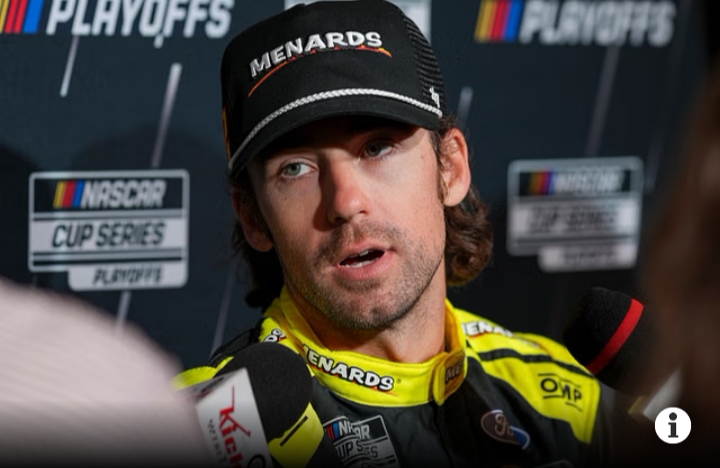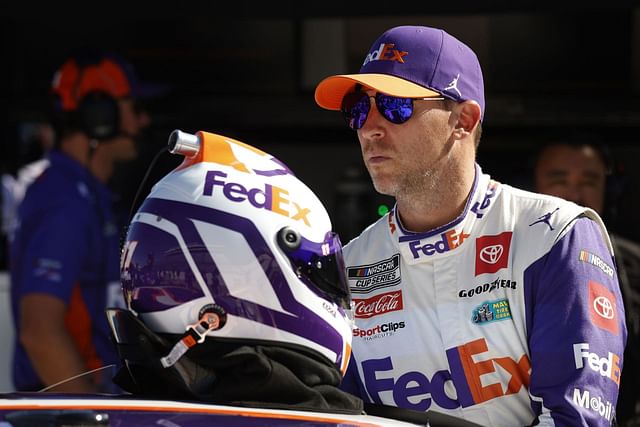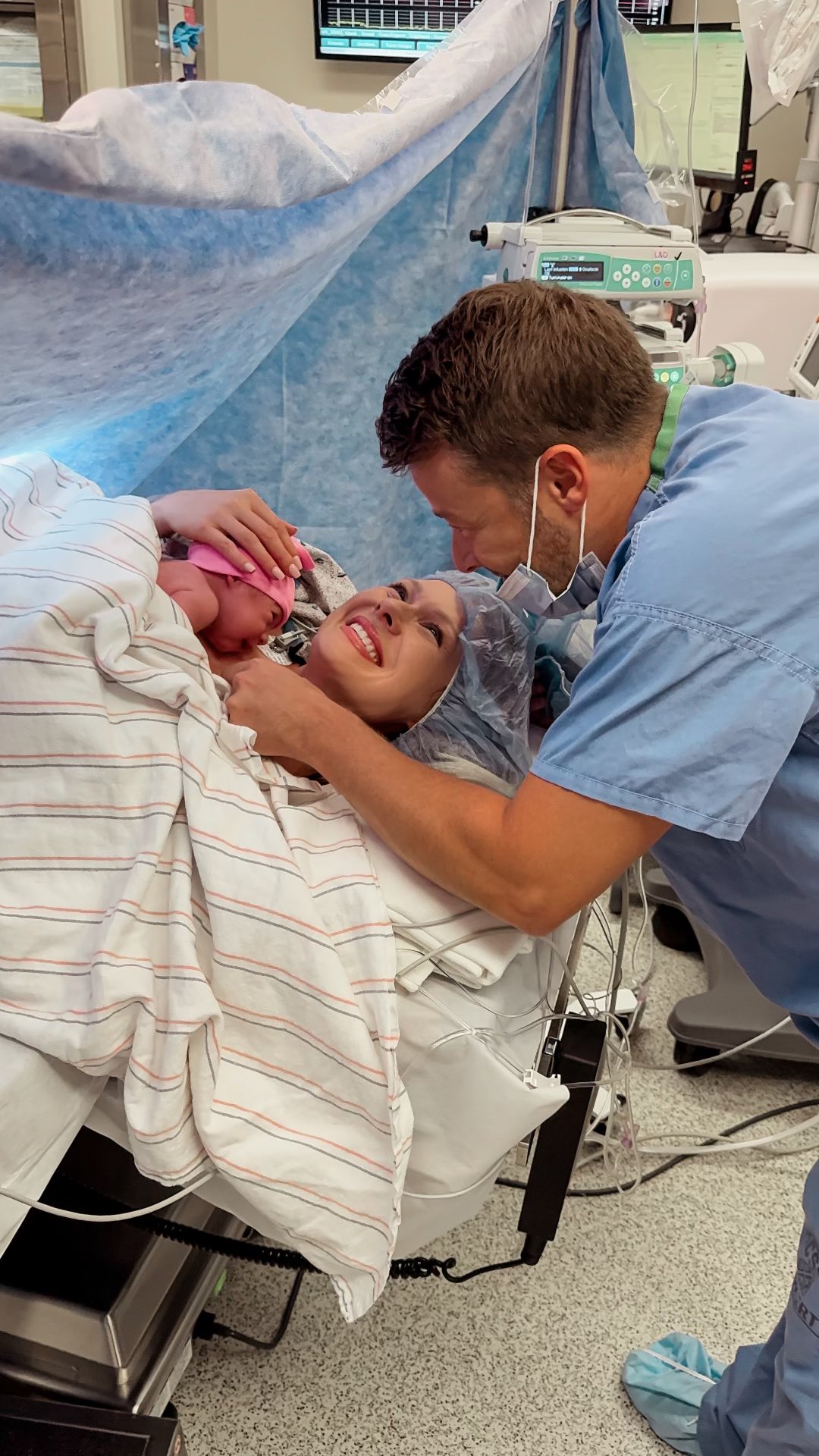In a recent conversation among NASCAR insiders, Brett Griffin and Freddie Kraft raised concerns about Ryan Blaney’s early departure from the Watkins Glen race, stirring up a larger discussion about NASCAR’s current regulations. They voiced their opinion that NASCAR’s procedures need rethinking, especially when it comes to cars that are towed off the track. In their view, if a car is towed but can be repaired quickly enough, it should be allowed to re-enter the race rather than being sidelined entirely.
This debate centers around an incident involving Ryan Blaney’s #12 car, which collided with Denny Hamlin’s car on the first lap of the race. While Hamlin was able to drive to the pits and get his #11 Toyota fixed, Blaney’s car had to be towed due to the extent of the damage. Although it was reported that Blaney’s car only suffered a minor suspension issue that could have been repaired, NASCAR’s rules prevented him from returning to the race because it was towed to the garage. This left many questioning the fairness of the regulations.
Freddie Kraft didn’t hold back in his critique of the rule, expressing confusion over the rationale. He noted how NASCAR’s rules seem arbitrary when it comes to determining whether a car can continue in the race after damage. His frustration was evident when he questioned why being towed automatically disqualifies a car from rejoining the race, especially when other types of damage, such as four flat tires, wouldn’t necessarily have the same consequence. Kraft’s frustration stems from the fact that the damage to Blaney’s car was relatively minor, yet the rules still put him out of the race.
Brett Griffin, adding to the conversation, suggested a new approach to NASCAR’s handling of such situations. He floated the idea of allowing teams to repair their cars within a specified time frame, even if they’ve been towed to the garage. Griffin pointed out that instead of making teams wait on pit road and waste precious minutes while pit road remains closed for safety reasons, NASCAR should allow them to tow the car straight to the garage and start the repair clock as soon as it’s dropped off. This way, if the team can fix the car within the allotted time and get it running competitively again, they should be allowed back on the track. It’s a solution that takes into account both safety and competition, offering teams a chance to stay in the race under certain conditions.
Griffin’s suggestion aims to strike a balance between safety and fairness. By giving teams a chance to repair their cars in the garage within NASCAR’s strict time limits, only cars capable of running at competitive speeds would be allowed back on the track. This would prevent teams from losing a race due to minor damage while maintaining the integrity of the sport. The current system, where being towed automatically ends a driver’s chances, feels unnecessarily harsh in cases like Blaney’s.
As the debate over NASCAR’s rules unfolded, veteran driver Dale Earnhardt Jr. joined the discussion with his own thoughts on the matter. While Earnhardt acknowledged the practicality of the current rule, he also saw the potential for a more flexible approach. In a social media post, Earnhardt explained that the existing rule simplifies logistics, as teams don’t have to bring extra parts or crash carts to every race. However, he also suggested that a middle ground might exist where teams could be allowed more flexibility without over-complicating the process. His remarks show that while the current rules make sense from an operational standpoint, there’s room for improvement to better accommodate situations like Blaney’s.
Ryan Blaney’s early exit from Watkins Glen was particularly disheartening, given his strong position heading into the race. Having secured his spot in the playoffs with wins at Iowa Motor Speedway and Pocono Raceway during the regular season, Blaney was comfortably 45 points above the playoff cutline. However, his disappointing finish at 38th place after the incident caused his standings to take a hit. He slipped to 8th place in the rankings and now sits just 29 points above the playoff elimination threshold, highlighting how quickly a driver’s fortunes can change due to a single race incident.
The debate around NASCAR’s rules for towed vehicles shows no signs of fading away. With voices like Brett Griffin, Freddie Kraft, and Dale Earnhardt Jr. weighing in, there’s a growing sense that something needs to change. NASCAR has long been a sport that adapts and evolves, and this issue is no different. Whether it’s Griffin’s idea of moving the repair clock to the garage or some other solution, it’s clear that many within the sport are pushing for a rule change that allows for more fairness and flexibility without compromising the integrity of the competition. The question now is whether NASCAR will take these concerns seriously and make adjustments to ensure that incidents like Blaney’s don’t unfairly knock drivers out of contention in the future.
What’s stopping them from simply taking the clock to the garage? NASCAR insiders weigh in on Ryan Blaney’s frustration at Watkins Glen due to the muddled rulebook.




